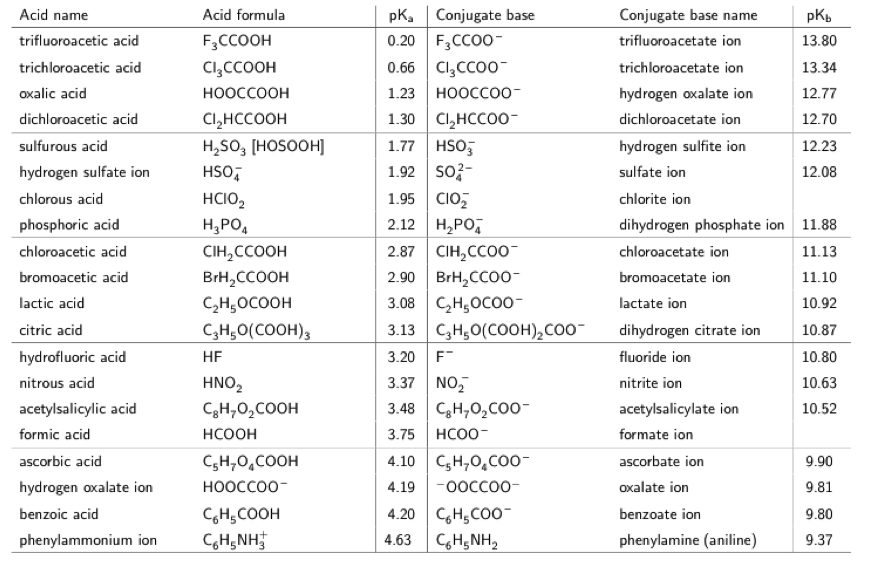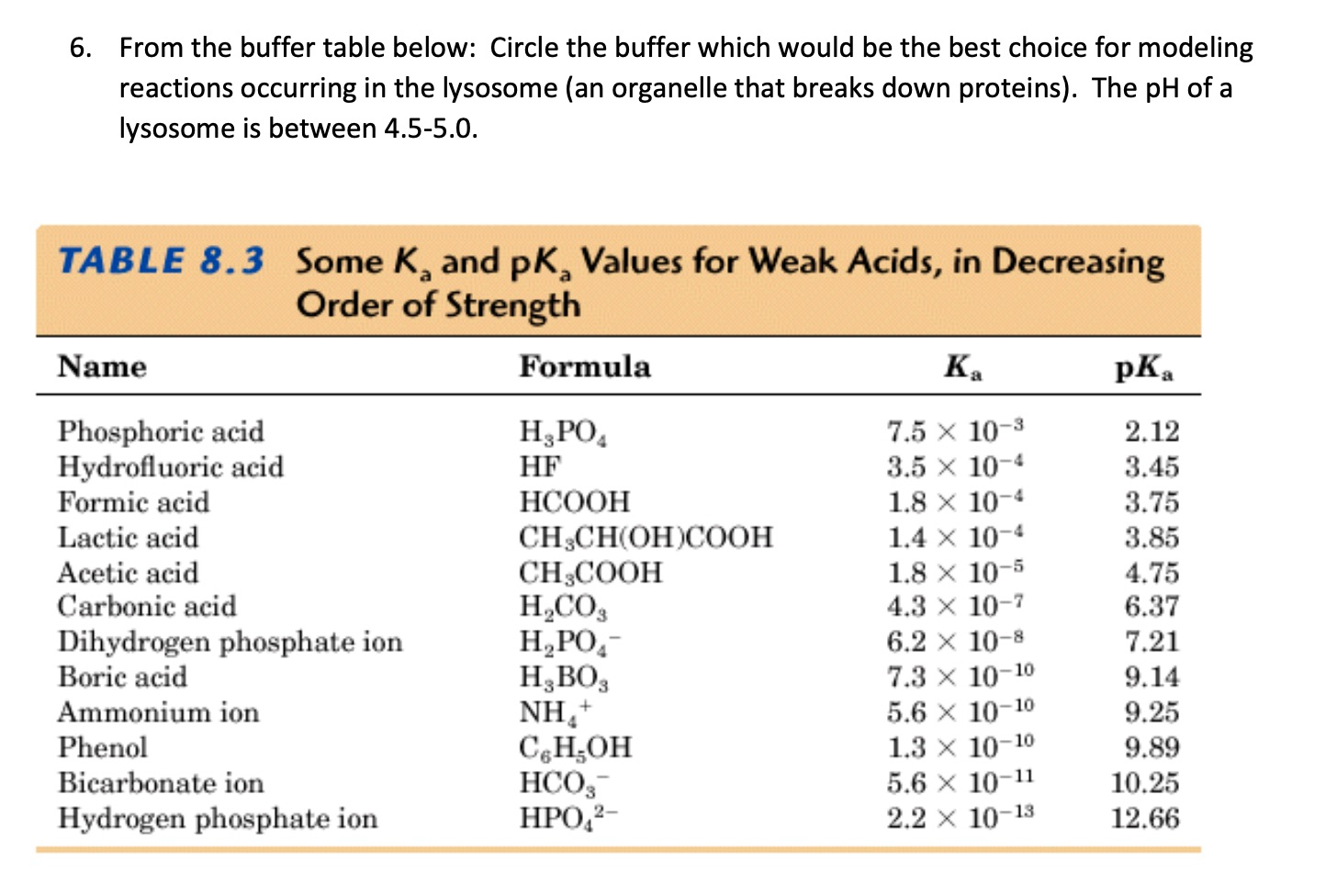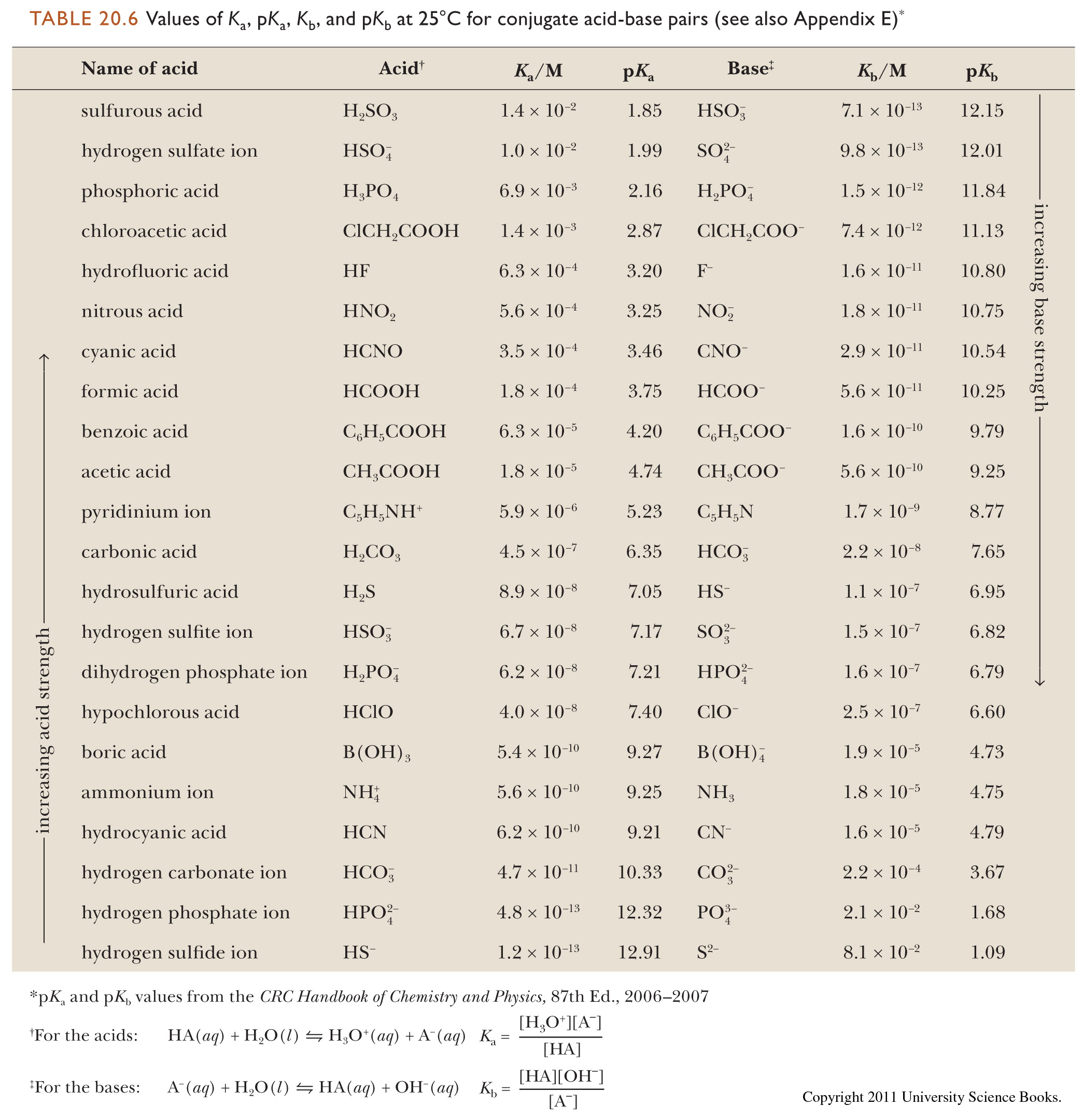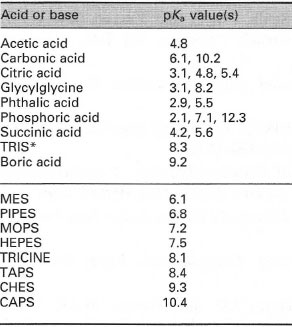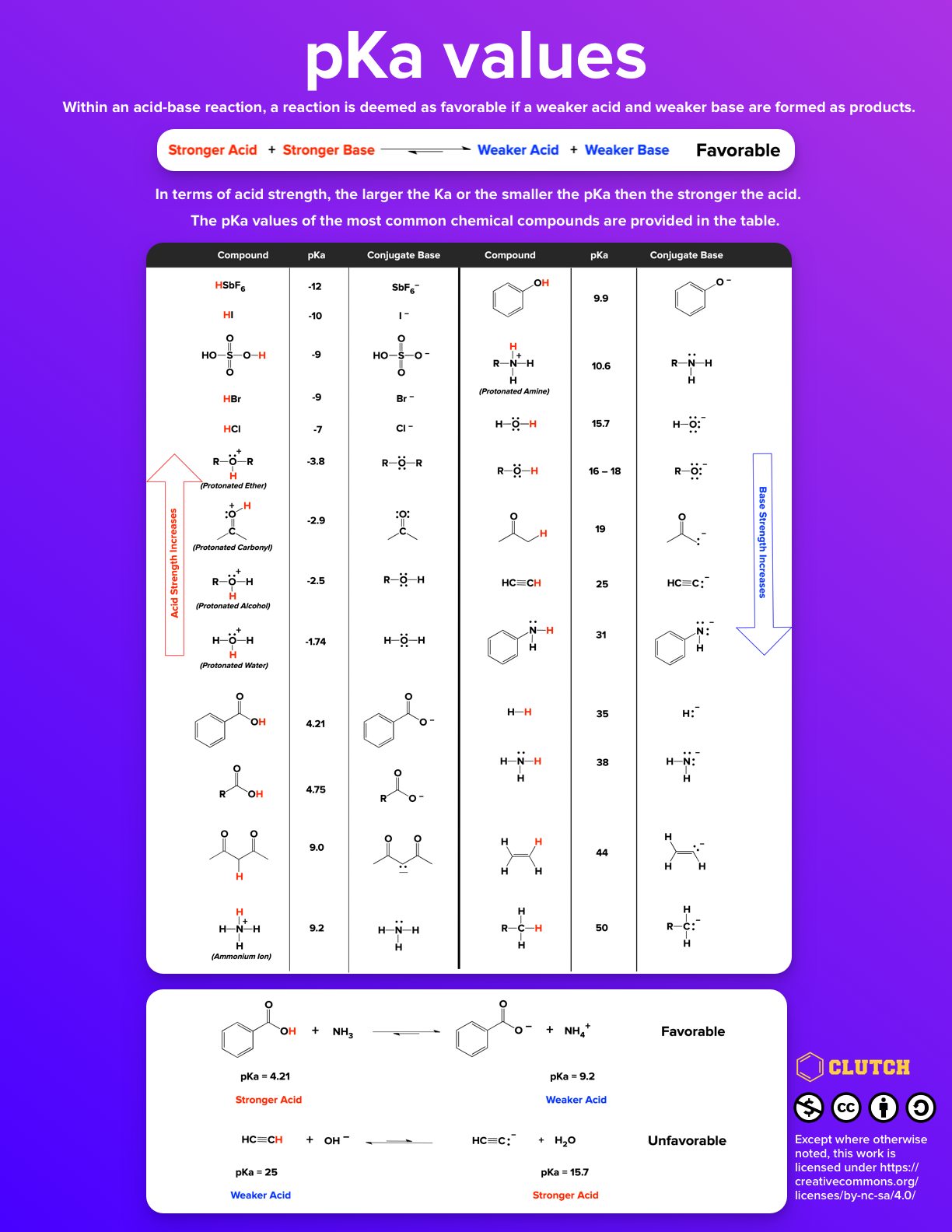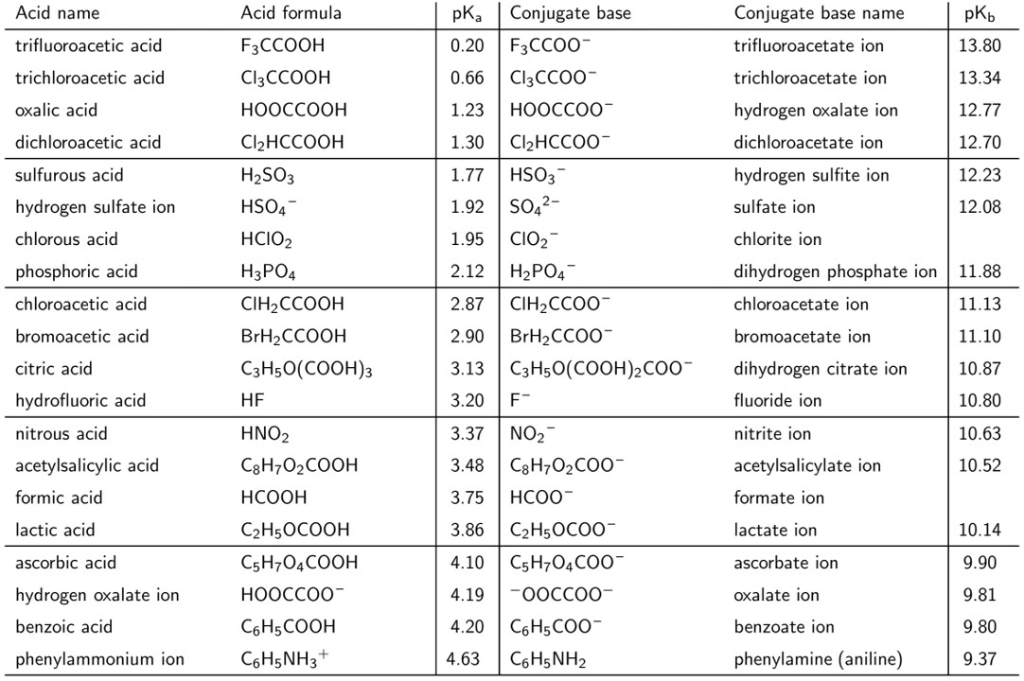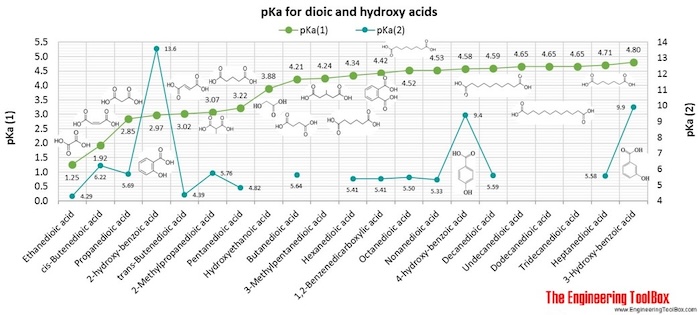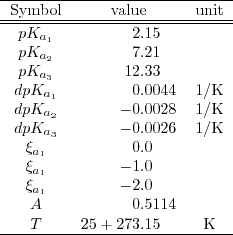
Using the weak acid pKa data shown in the following table, how would you prepare 1.0L of a 2.0M buffer with - brainly.com

How To Calculate the PH of a Buffer Solution | Equation & Example - Video & Lesson Transcript | Study.com
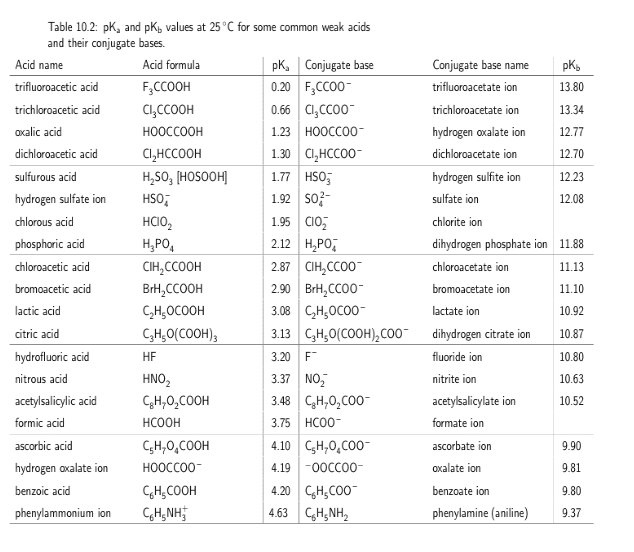
OneClass: A buffer solution is prepared by mixing 43.1 mL of 0.0478 M sodium dihydrogen citrate with ...
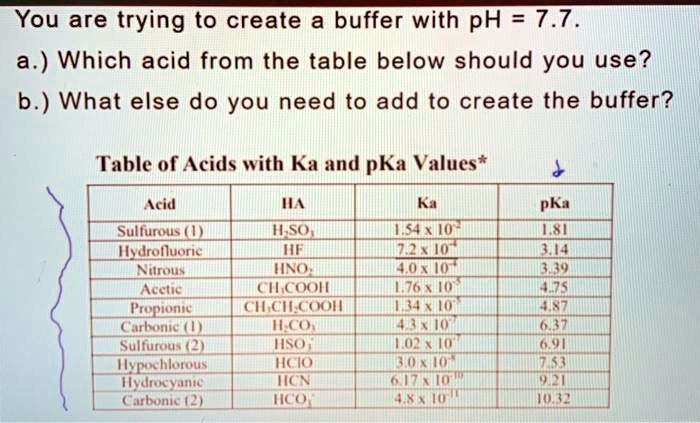
SOLVED: You are trying to create a buffer with pH = 7.7. a.) Which acid from the table below should you use? b.) What else do you need to add to create

A Reliable and Efficient First Principles-Based Method for Predicting pKa Values. 2. Organic Acids | The Journal of Physical Chemistry A

Chemical composition of some buffer solutions covering the pH range of... | Download Scientific Diagram

Table 4 from Measurement of dissociation constants (pKa values) of organic compounds by multiplexed capillary electrophoresis using aqueous and cosolvent buffers. | Semantic Scholar

SOLVED: 11. Buffer preparation Given the KalpKa of the following compounds: TABLE 8.3 Some K; and pK; Values for Weak Acids, in Decreasing Order of Strength Name Formula K pK. Phosphorie acid

equilibrium - Why do buffers need to be composed of equal amounts of the acid and salt? - Chemistry Stack Exchange

Table 3 from Measurement of dissociation constants (pKa values) of organic compounds by multiplexed capillary electrophoresis using aqueous and cosolvent buffers. | Semantic Scholar

